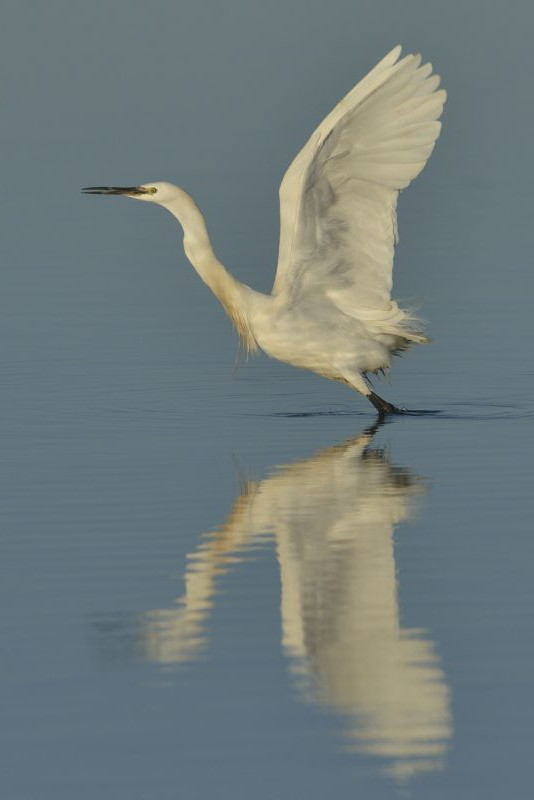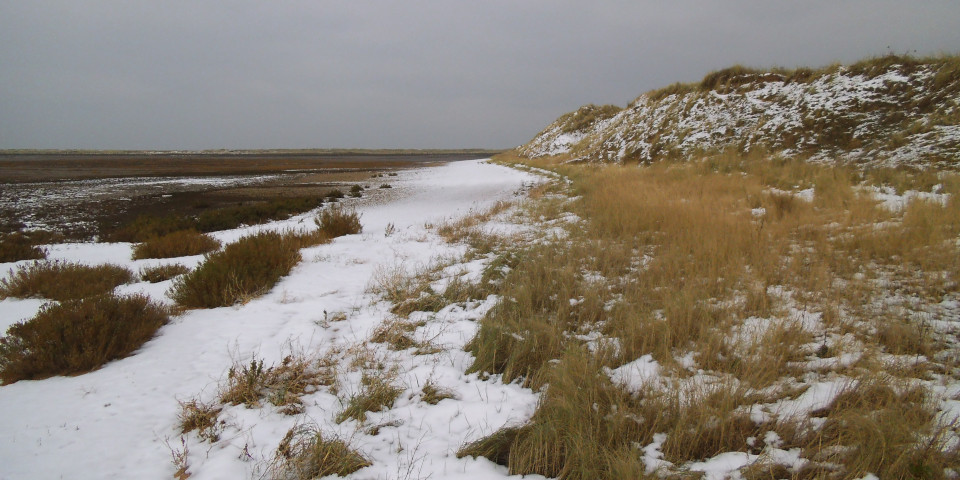Scolt Head Island - a brief historyScolt Head Island - known locally simply as Scolt, Scolt Head or the Island - is roughly 6.5 km (4 mi) long and separated from the mainland by Norton creek on its southern side, and the North Sea along is northern side. It is an offshore barrier island originating from a former spit extending out from the coast where longshore drift over many thousands of years has created a complex of sand dunes that run approximately east to west. Around them has grown a gradually shifting mosaic of habitats - from sand dunes and saltmarsh, to intertidal sand and mud flats, shingle banks and creeks. |
|
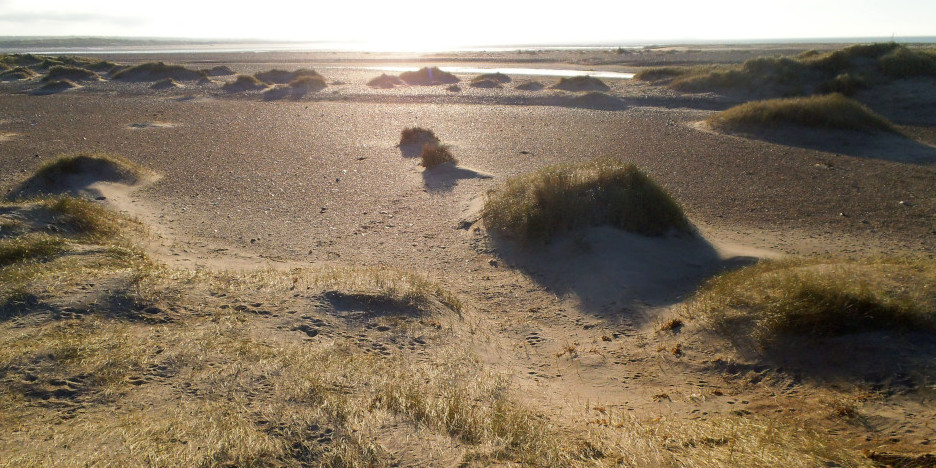
The island was bought by the National Trust in 1923, and designated a Nature Reserve in 1923. Scolt is now a National Nature Reserve owned by the National Trust and leased and managed by Natural England, and along with nearby Blakeney Point, represent two of the oldest coastal nature reserves in the country. Both are hugely important for wildlife and sites of scientific study and the shingle spits are of special importance for the study of geophysical processes, and are the best studied and documented in the world.
Although Scolt was used as an artillery range during World War II, there are only two present buildings on the island. One is the Ternery Hut built in 2004/5 at the western end of the island as a seasonal home of the summer warden appointed to watch over the colony of breeding terns. The other is the Main Hut (or The Hut) on the SW edge of the high dunes. It is a significant feature of the island, an iconic 1920's Grade 2 listed building made of oak with cedar roof shingles and a tall beach pebble chimney.
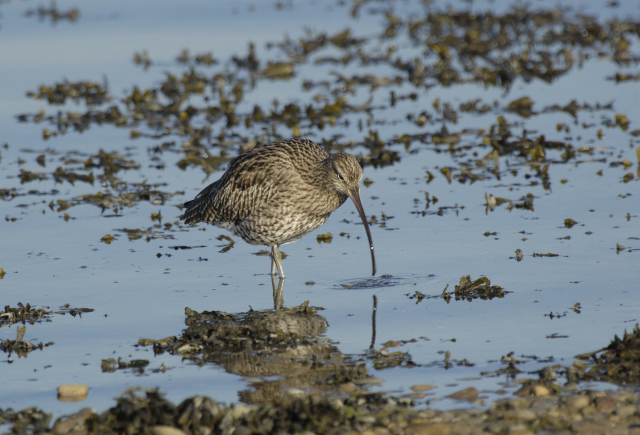
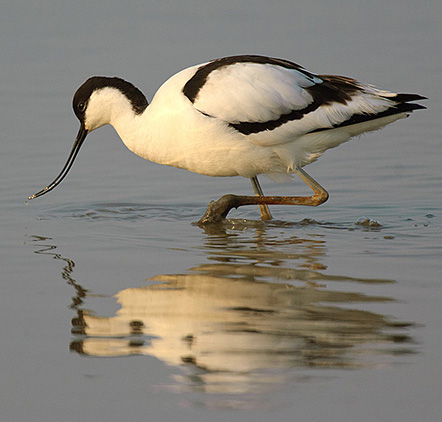
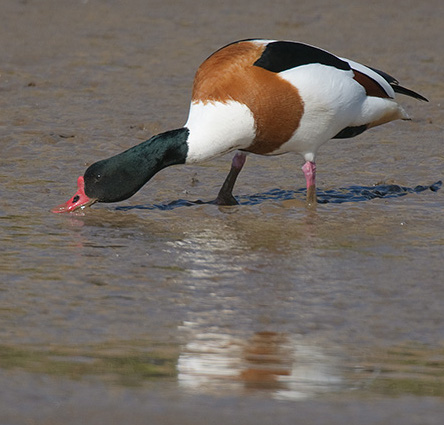
Scolt Head Island supports internationally important numbers of breeding sandwich and little terns, and nationally significant populations of common and Arctic terns, as well as wintering waders and wildfowl including shelduck, wigeon, teal and curlew. Thousands of brent geese feed on sea lettuce and eelgrass, and pink-footed geese in their many thousands have used the island as a roost site. The island's location means that migrants stopover, sometimes in large numbers when the weather conditions are right, and sometimes individual rarities or a few vagrants appear - isabelline shrike, dusky warbler and white-billed diver have been seen.
The island has a fluctuating rabbit population controlled largely by myxomatosis, but also by another resident mammal, the stoat. There are common shrews, pygmy shrews, wood mice and short-tailed voles; and three species of deer have travelled over the marshes to reach the island. Insects include an intertidal ground beetle (Dicheirotrichus gustavi) which emerges from cracks or holes to feed on the salt marshes after dusk. Despite living in a coastal environment, it has no cycle of behaviour linked to the tides, simply scurrying for dry land when caught by the approaching sea.
The island's saltmarsh and the dunes both hold a notably wide range of plants like glassworts and common cord grass in the most exposed regions, with a succession of plants following on as the marsh becomes more established: first sea aster, then mainly sea lavender, with sea purslane in the creeks and smaller areas of sea plantain and other common marsh plants. The shingle ridges attract biting stonecrop, sea campion, yellow horned poppy, sea thrift, bird's foot trefoil and sea beet. Sea wormwood, sea lavender and scrubby sea-blite also thrive, matted sea lavender and sea heath are international important species are also found on the island.
Limited access to Scolt means that it is not subjected to the pressures of heavy or uncontrolled visitor access. But global warming and rising sea-levels do threaten it. Storms in 1931–33 swept away 250 m (250 yd) of the island, and the island was breached in a large storm in 1938 and by the North Sea flood of January 1953, in each case washing the shingle through to the marshes beyond. A wire and brushwood fence erected in the spring of 1953 trapped sand and allowed the breach to heal by August of the same year.
Visiting this beautiful, hugely important and extremely fragile place is a huge privilege. We hope you enjoy your time on the island with Branta Cruises, and know that one day you'll want to return.
Bookings and Enquiries:
Phone: 07775 728904
Steinvora, Brancaster Staithe, Kings Lynn, Norfolk PE31 8BU
